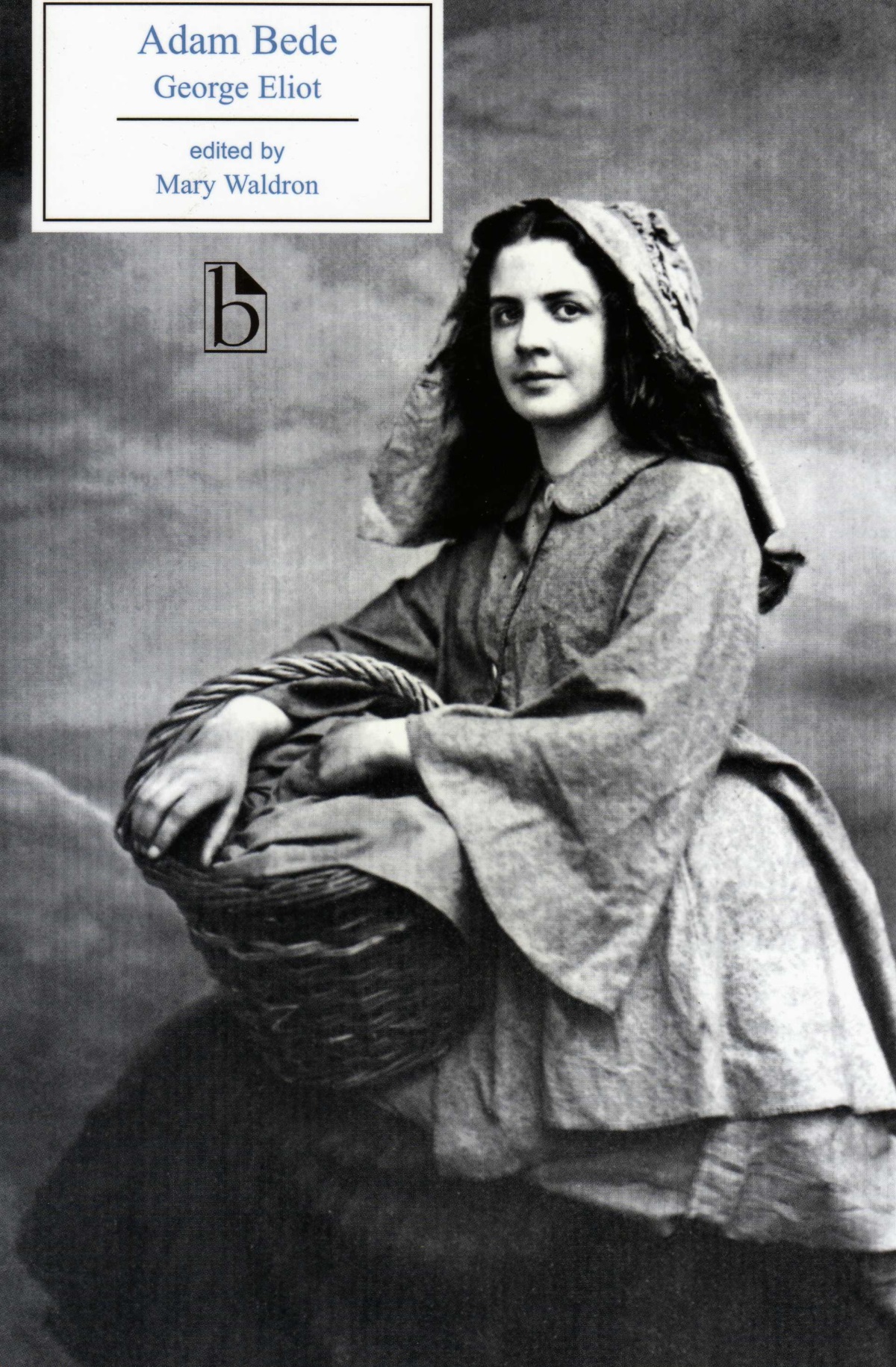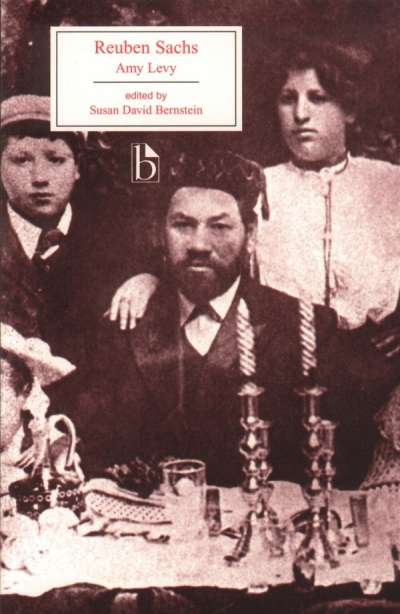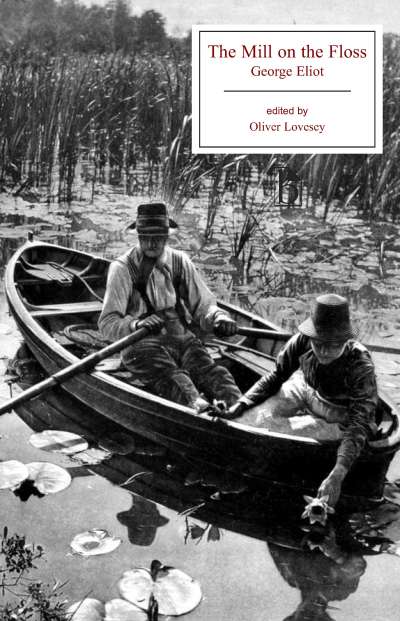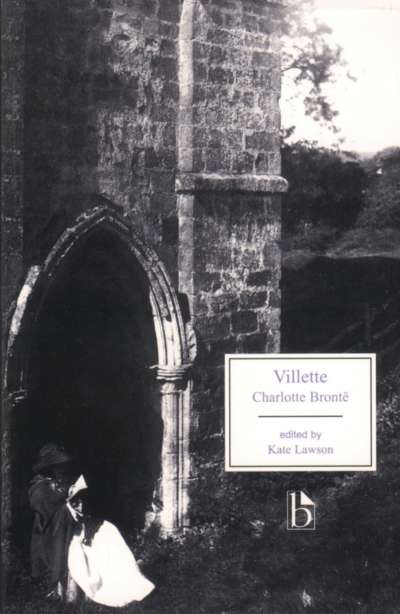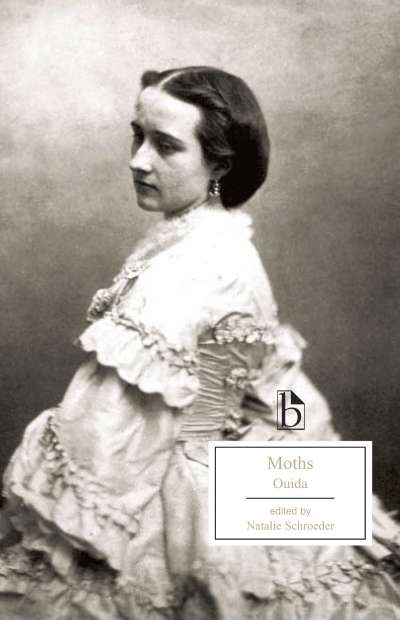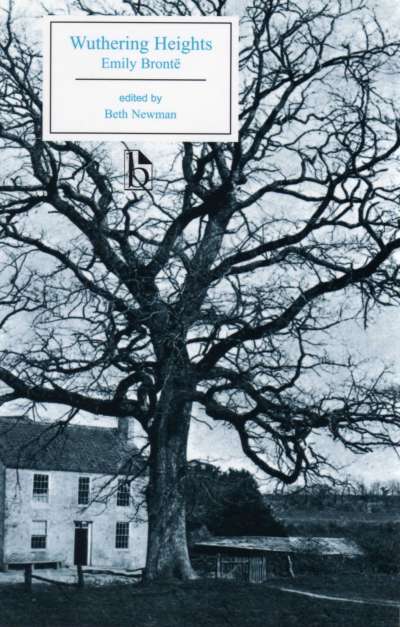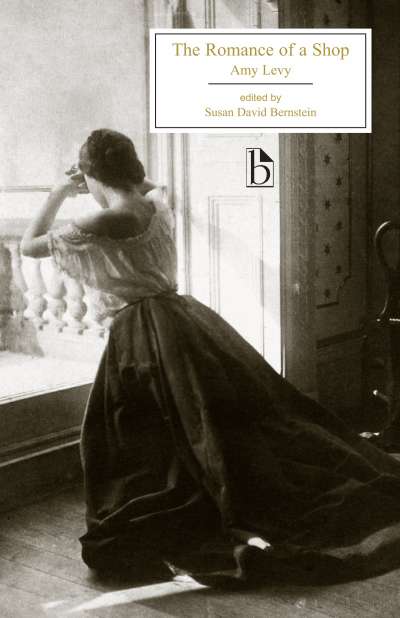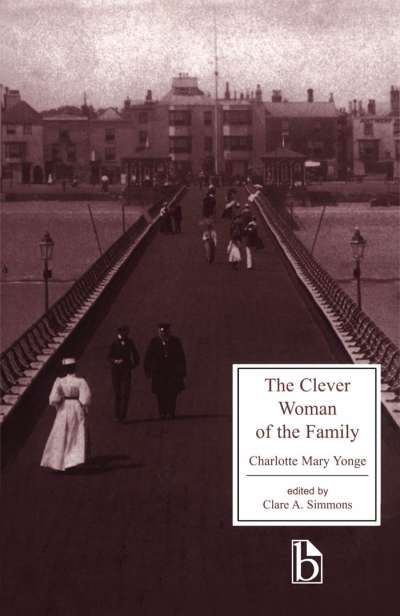The seemingly peaceful country village of Hayslope is the setting for this ambitious first novel by one of the nineteenth century’s great novelists. With sympathy, wit, and unflinching realism, Adam Bede tells a story that would have been familiar to Eliot’s first readers: the seduction of a pretty farm girl by the young squire of the district. Eliot uses this story, with its tragic implications, to explore the dangers of reliance on religious and social norms to govern destructive desires. As this edition demonstrates,
Adam Bede addresses profound questions of morality, religion, and the role of women in society, while at the same time seeking to establish a new aesthetic for fiction.
This Broadview edition includes a critical introduction and a rich selection of appendices, including selections from Eliot’s letters and journals, contemporary reviews of the novel, and accounts of the murder trial of Mary Voce, the woman whose story formed part of the inspiration for the novel.
Comments
“The Broadview edition of Adam Bede is an excellent one for students, scholars, and the intelligent general reader. The introduction and appendices offer the apparatus to contextualize the novel, a bestseller in its day because it engaged with major religious and philosophical questions as well as involving the reader with a compelling love story. It appealed then, as it does today, to both head and heart.” — Pam Hirsch, University of Cambridge
Acknowledgements
Introduction
George Eliot: A Brief Chronology
A Note on the Text
Adam Bede
Appendix A: Realism, Morality, and Fiction
- George Eliot’s Early Attitudes to Fiction
- Letter to Maria Lewis, 16 March 1839
- Letter to Sarah Hennell, 9 February 1849
- George Eliot and George Henry Lewes on the Nature and Function of the Novel
- From Lewes’s “Recent Novels: French and English,” Fraser’s Magazine (December 1847)
- From Lewes’s Review of Elizabeth Gaskell’s Ruth and Charlotte Brontë’s Villette, Westminster Review (April 1853)
- From Eliot’s Reviews of Charles Kingsley’s Westward Ho!, Geraldine Jewsbury’s Constance Herbert, and Goethe’s Wilhelm Meister’s Apprenticeship,
Westminster Review (July 1855), and Leader (July 1855)
- Realism
- From John Ruskin’s Modern Painters (1856)
- Eliot’s Response to Ruskin, Westminster Review (April 1856)
- From George Eliot’s Review of Wilhelm Heinrich
Riehl’s Die Naturgeschichte des deutschen Volkes als Grundlage einer deutschen Social Politik,
Westminster Review (July 1856)
Appendix B: The Genesis and Publication of Adam Bede: From George Eliot’s Letters and Journals
Appendix C: The Trial and Execution of Mary Voce, 1802
- An Account of the Experience and Happy Death of Mary Voce
- The Life, Character, Behaviour at the Place of Execution and Dying Speech of Mary Voce
- A full and particular Account of the Life,Trial, and Behaviour of Mary Voce
Appendix D: The Reception of Adam Bede
- From a Letter from Jane Welsh Carlyle, 20 February 1859
- From a Letter from Charles Dickens, 10 July 1859
- The Times (12 April 1859)
- Bentley’s Quarterly Review (July 1859)
- The Saturday Review (26 February 1859)
- The London Quarterly Review (July 1861)
- Henry James, The Atlantic Monthly (October 1866)
Appendix E: The Religious Background
- Methodism: From the Journals of John Wesley
- Women Preachers
- Saint Paul
- From John Wesley’s Letters (1761, 1769)
- From the Journal of Ann Gilbert, 1771
- Sarah’s Crosby’s Experience, 1768
- Elizabeth Evans and Mary Voce, 1802
- Marriage for Women Preachers
- Contemporary Religious Thought
- From David Friederich Strauss, The Life of Jesus, Critically Examined (1835-36)
- From Ludwig Feuerbach, The Essence of Christianity (1841)
- From Charles Hennell, An Inquiry into the Origin of Christianity (1838)
- From Herbert Spencer, First Principles (1862)
- Eliot’s Religious Beliefs
- From a Letter to Maria Lewis, 18 August 1838
- From a Letter to Her Father, 28 February 1842
- From Eliot’s Review of Works by John Cumming, Westminster Review (October 1855)
- From a Letter to François d’Albert-Durade, 6 December 1859
- From a Letter to Mme Eugène Bodichon (Barbara Leigh Smith), 26 December 1860
Select Bibliography and Further Reading
Mary Waldron is Visiting Fellow in the Department of Literature, Film, and Theatre Studies at the University of Essex. She is the author of Jane Austen and the Fiction of Her Time (Cambridge University Press, 1999).

